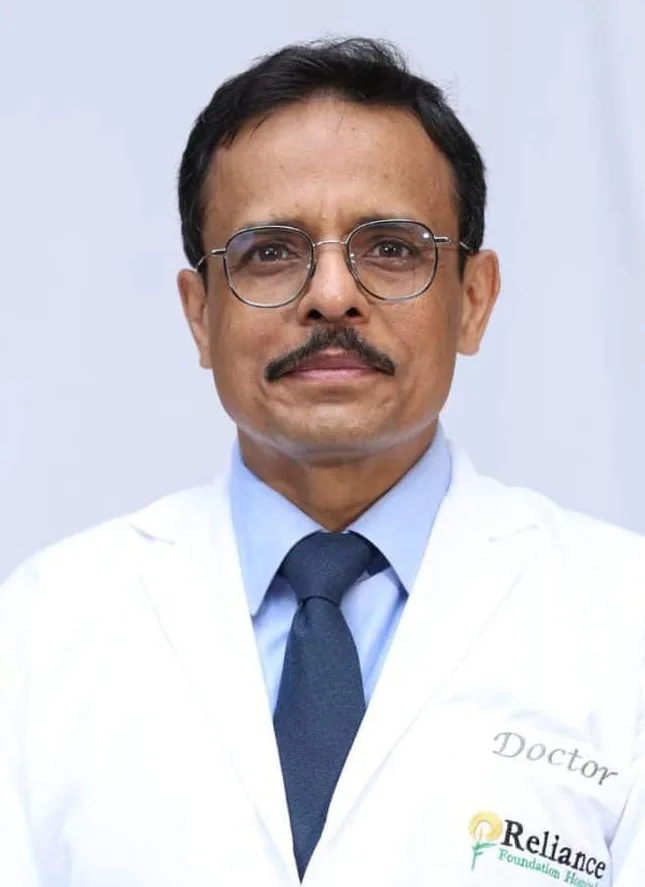Stroke continues to be one of the leading causes of death and long-term disability worldwide, impacting millions of individuals every year. When it comes to stroke, time is truly the most critical factor—every passing second determines how much brain tissue can be saved. Traditionally, stroke management relied heavily on clinical judgment supported by imaging technologies like CT and MRI scans. However, in recent years, advanced digital tools and data-driven innovations have begun reshaping the way we diagnose, treat, and rehabilitate stroke patients, marking the beginning of a new era in stroke care.
Accurate and timely identification of stroke type is the cornerstone of effective treatment. Modern imaging platforms now allow healthcare professionals to rapidly interpret brain scans, differentiating between ischemic and hemorrhagic strokes—the two main types that require very different interventions. These advanced systems can highlight blocked arteries, identify bleeding, and estimate the extent of brain injury, enabling neurologists and interventional specialists to act without delay. Swift diagnosis directly translates into faster initiation of life-saving therapies such as clot-busting drugs or clot-removal procedures.
The ability to personalize stroke treatment has improved significantly. By analyzing multiple patient-specific factors—including age, health history, stroke severity, and accompanying conditions—newer technologies assist doctors in selecting the most effective approach for each case. For ischemic strokes, this means identifying patients who would benefit most from thrombolysis or mechanical thrombectomy. In cases of hemorrhagic stroke, these tools can help predict bleeding patterns and guide surgical planning. Such precision minimizes complications and offers patients a far better chance of recovery.
A major breakthrough has been the extension of expert stroke care to underserved and rural regions. Digital platforms and telemedicine solutions now allow emergency teams and smaller hospitals to connect with stroke specialists in real time. For instance, paramedics can relay patient details and scan results to stroke units even before arrival, enabling hospital teams to prepare for immediate intervention. This reduction in treatment delays—often referred to as “door-to-needle time”—is saving lives and improving outcomes, regardless of geography.
Stroke rehabilitation is often a long and challenging journey. Newer technologies are now helping patients recover with greater effectiveness through continuous monitoring and tailored therapy. Wearable devices can track movement, measure muscle activity, and provide feedback that guides patients through exercises more efficiently. Virtual programs are also offering cognitive, language, and speech therapies remotely, ensuring that recovery support continues beyond the hospital environment. Importantly, early detection of complications such as recurrent strokes or post-stroke depression allows doctors to step in proactively.
The future of stroke care holds even more promise. Research is underway to combine imaging insights with genetic and biomarker data, which could make stroke risk prediction far more precise. Robotic-assisted interventions are also on the horizon, offering unmatched accuracy in complex neurovascular procedures. Yet, with these opportunities come challenges—ensuring data security, validating technologies, and making advanced care accessible across diverse healthcare settings remain essential priorities.
Stroke treatment is no longer confined to a hospital setting or dictated by geography and time. With the rapid integration of cutting-edge tools into every stage of stroke care—right from emergency diagnosis to long-term recovery—we are moving closer to a reality where stroke-related disability and mortality can be significantly reduced. These advancements are not only saving lives but also ensuring that stroke survivors can regain independence and enjoy a better quality of life.
(The Author is Director, Neurointerventional Surgery, Sir H.N. Reliance Foundation Hospital, Mumbai)






